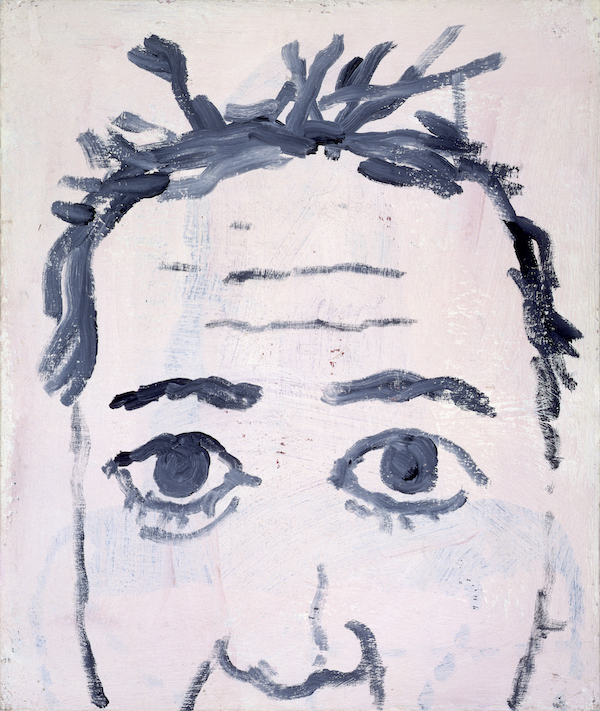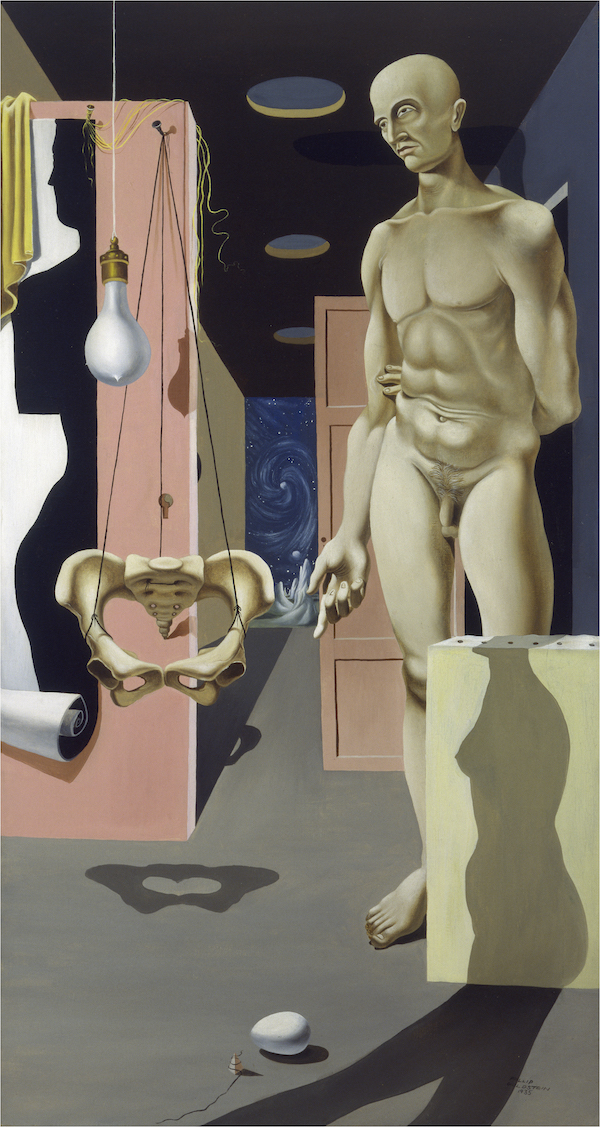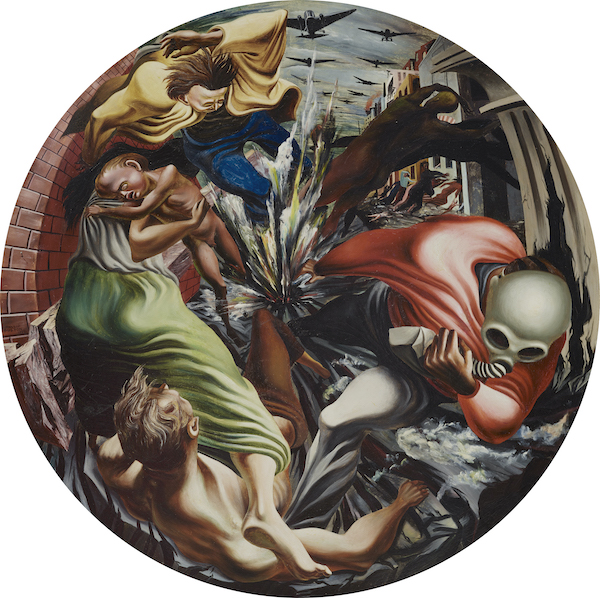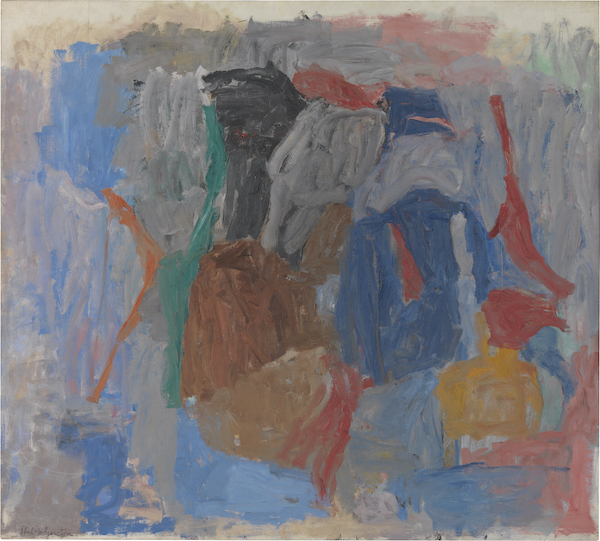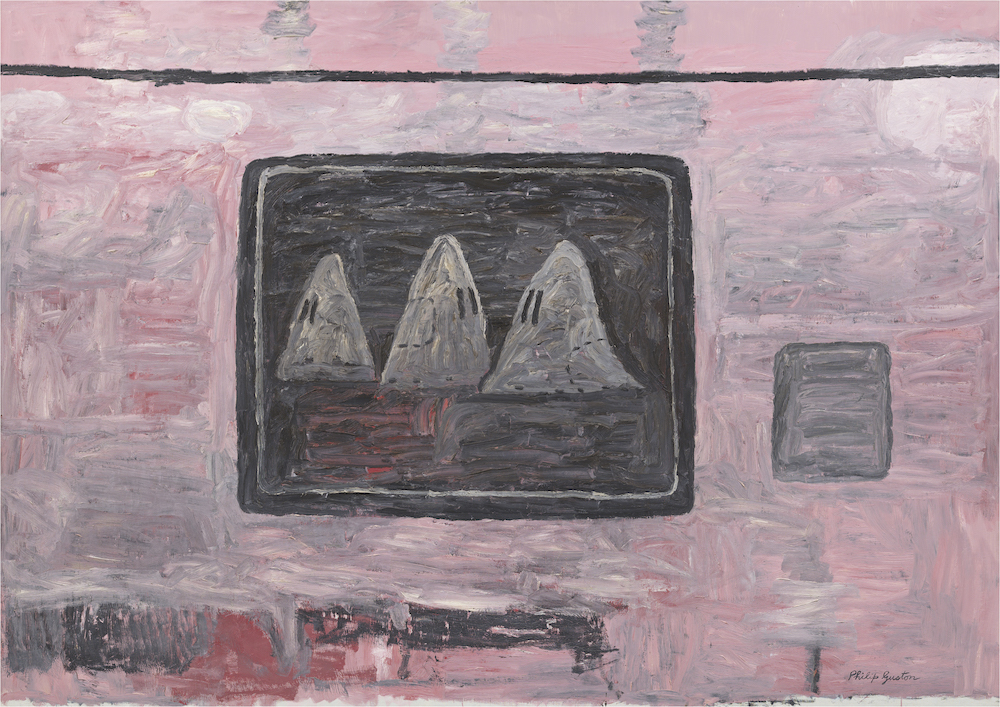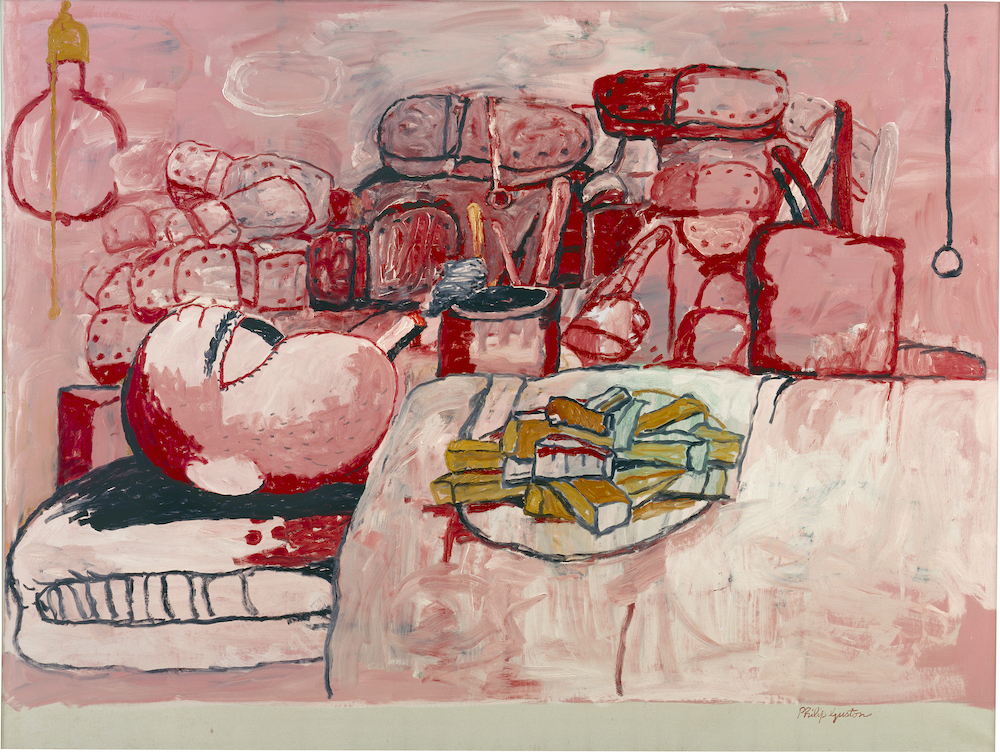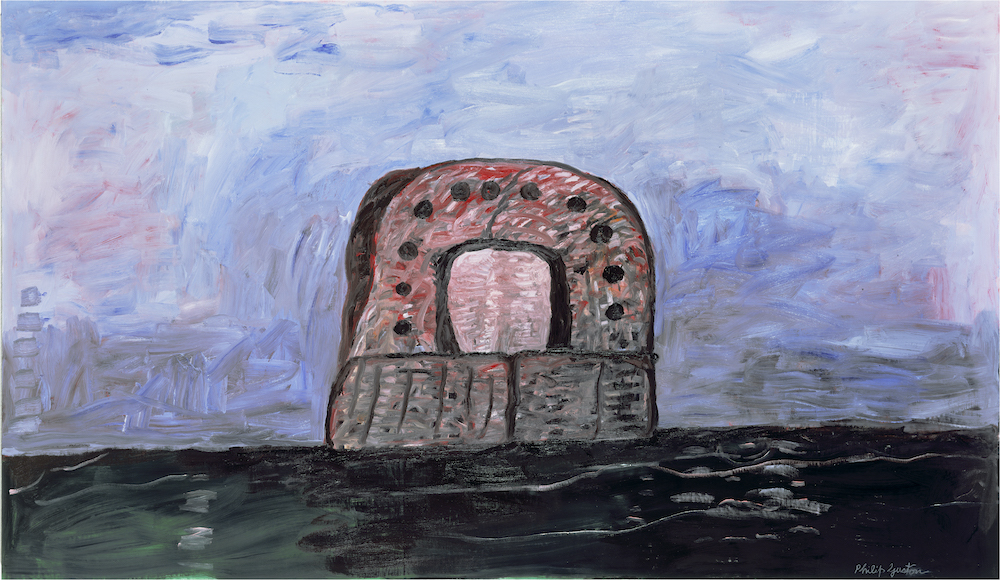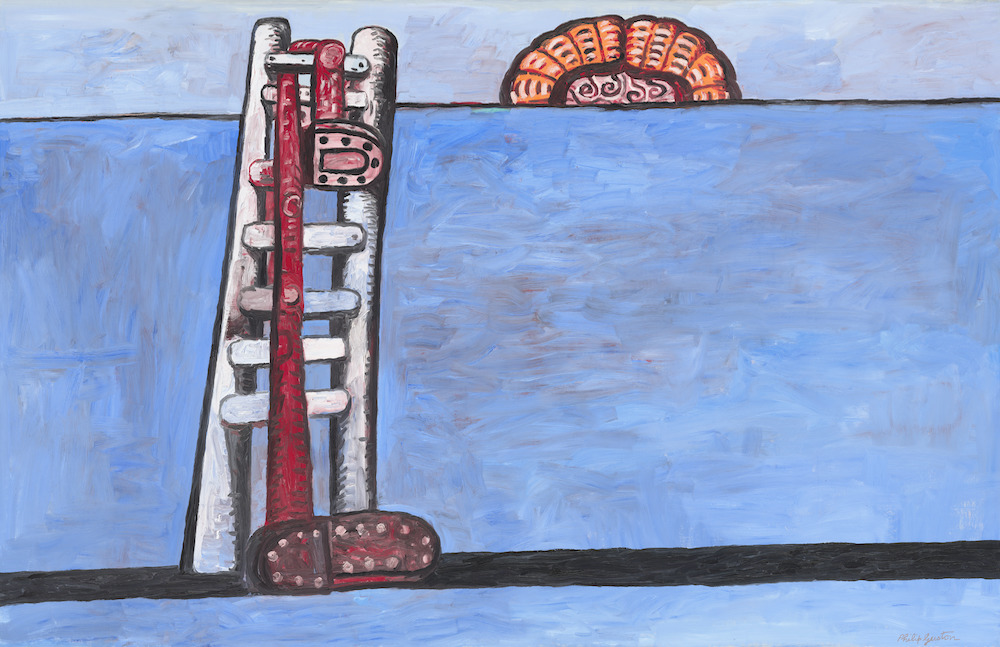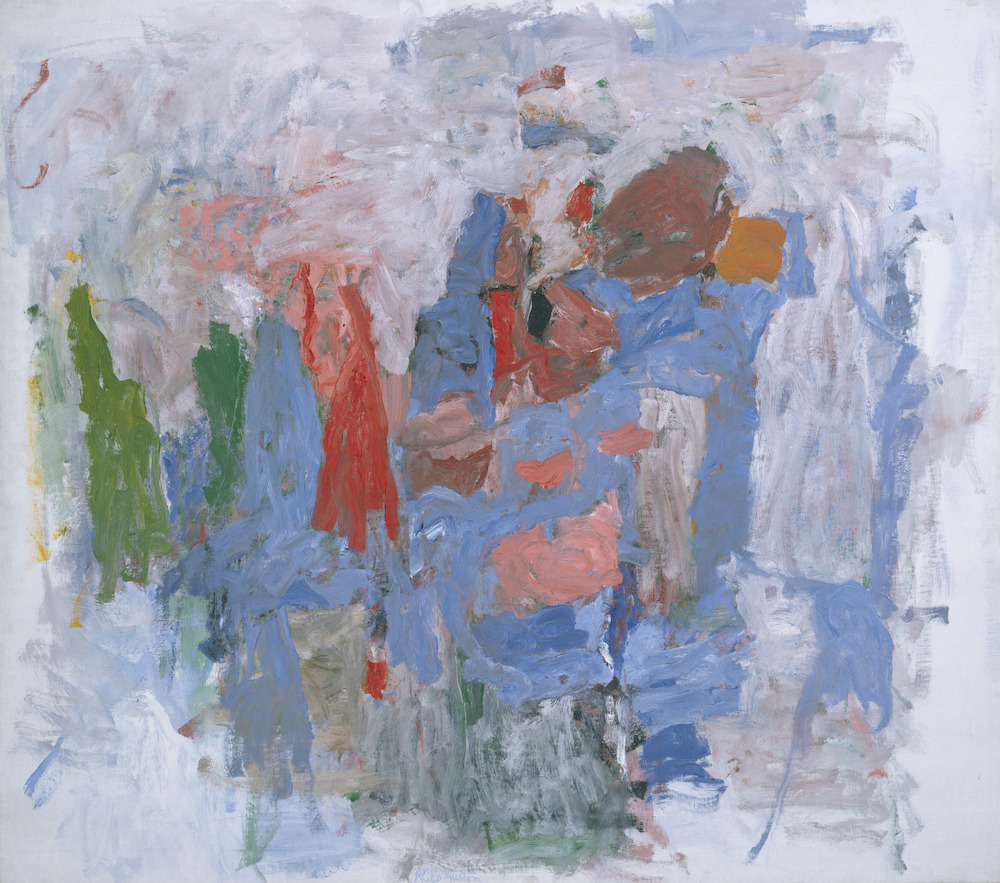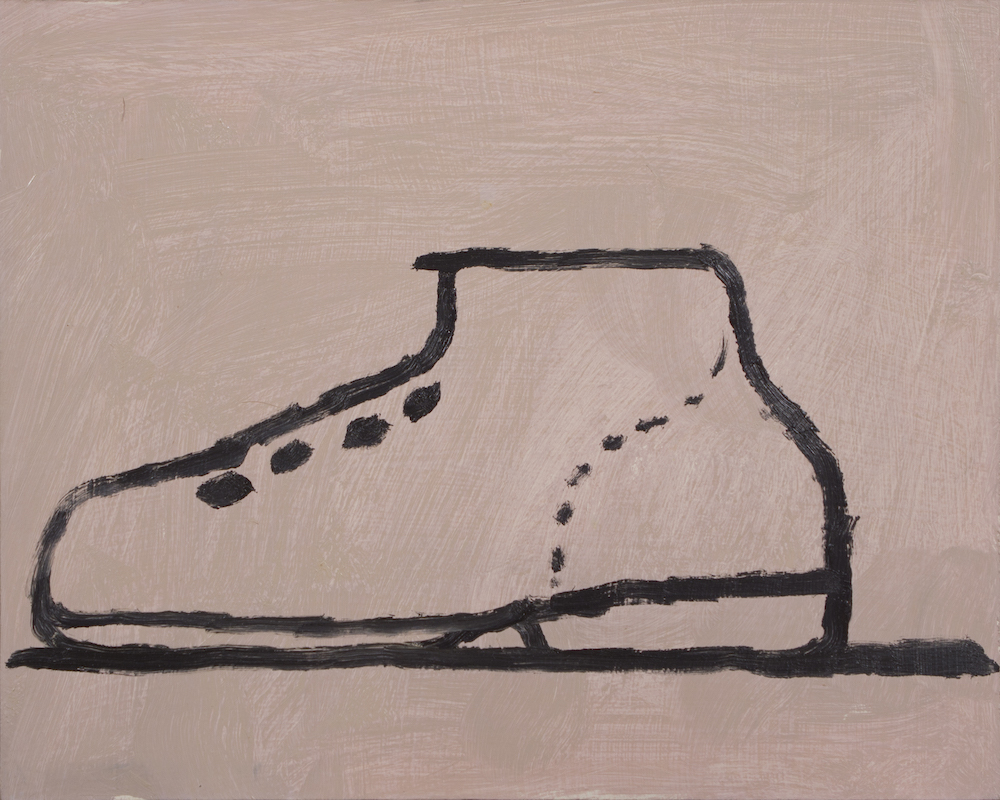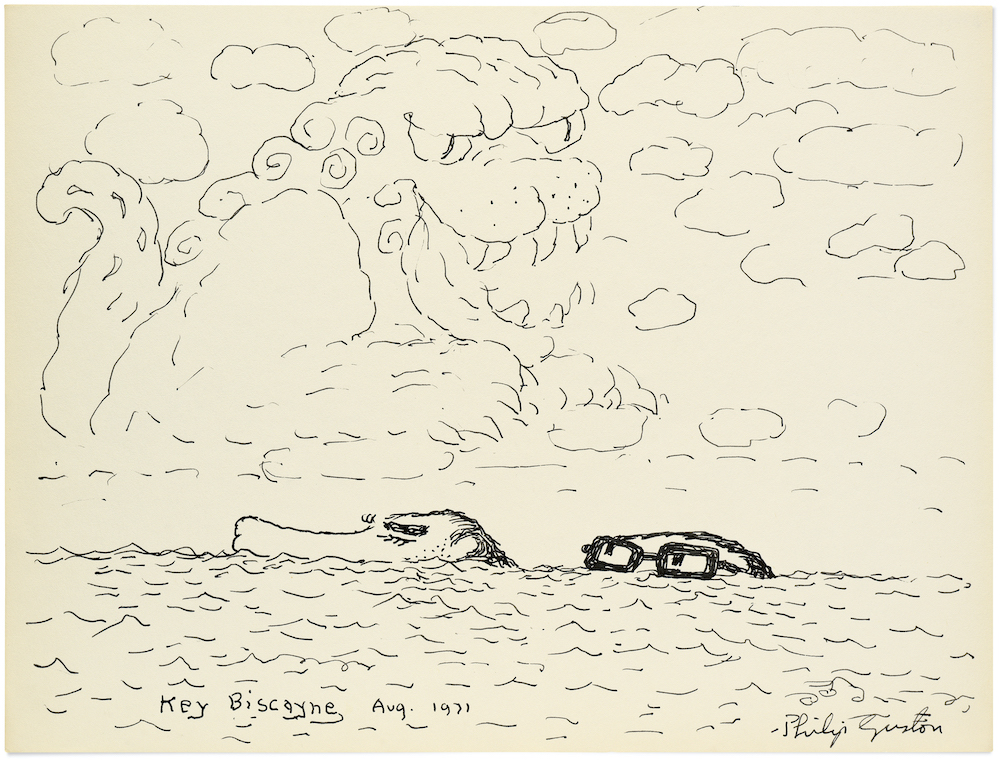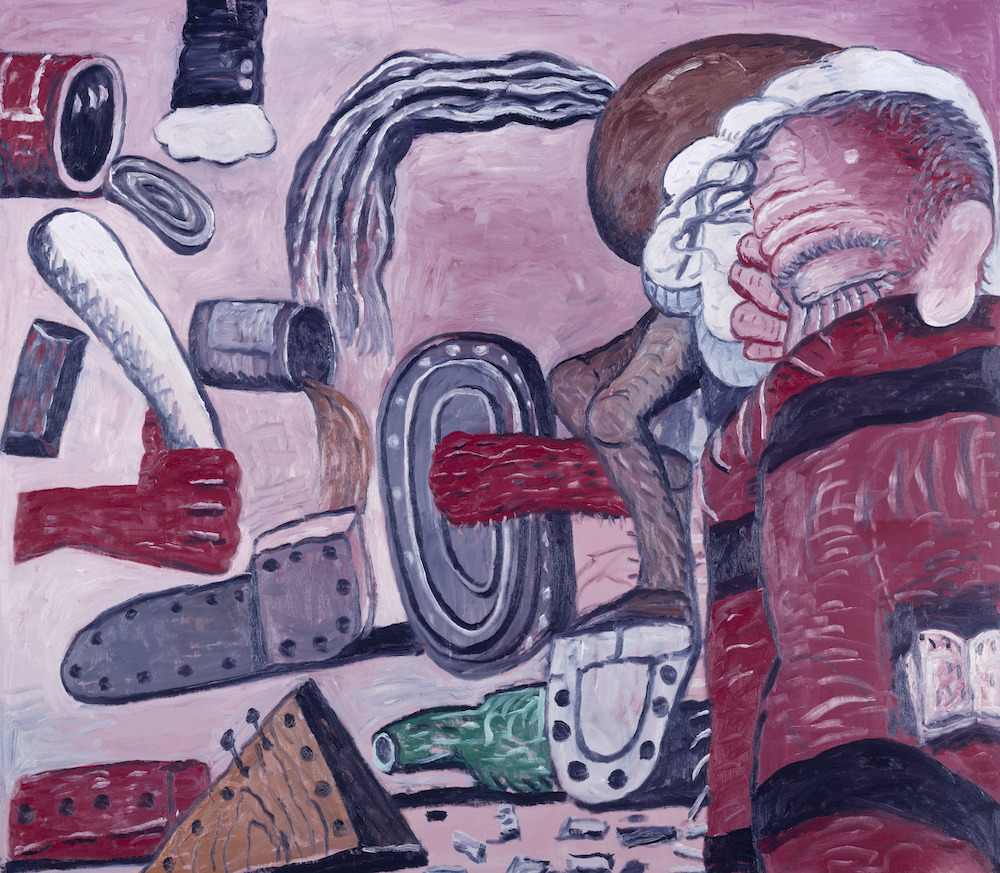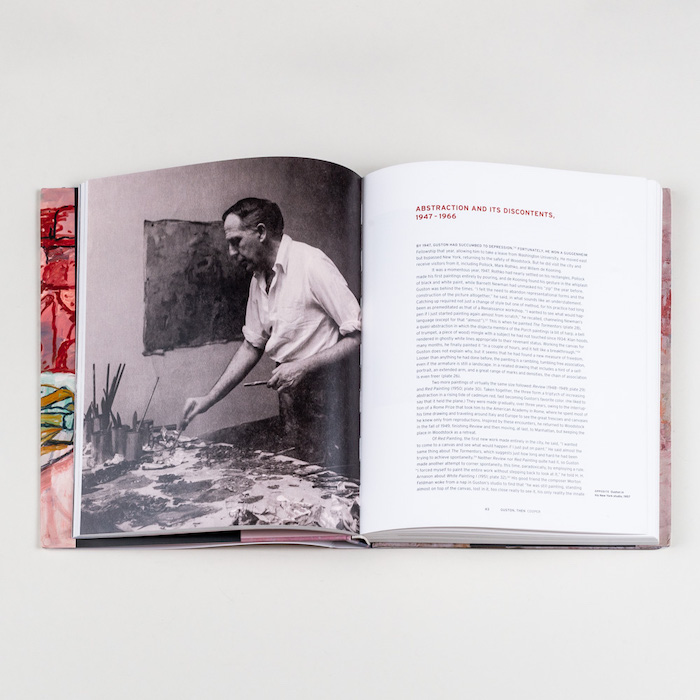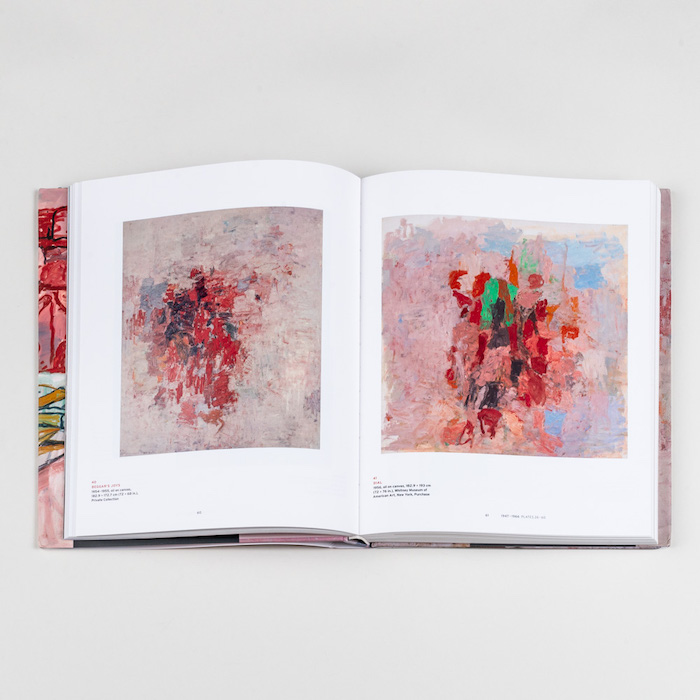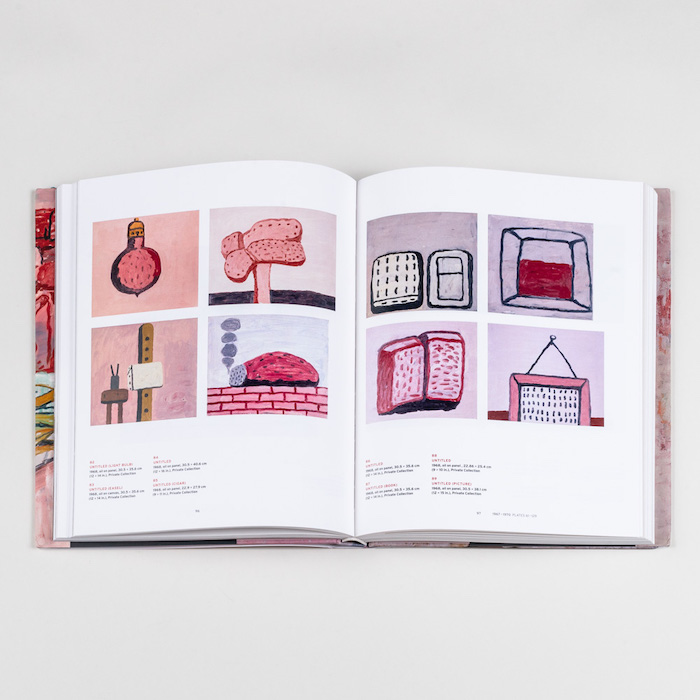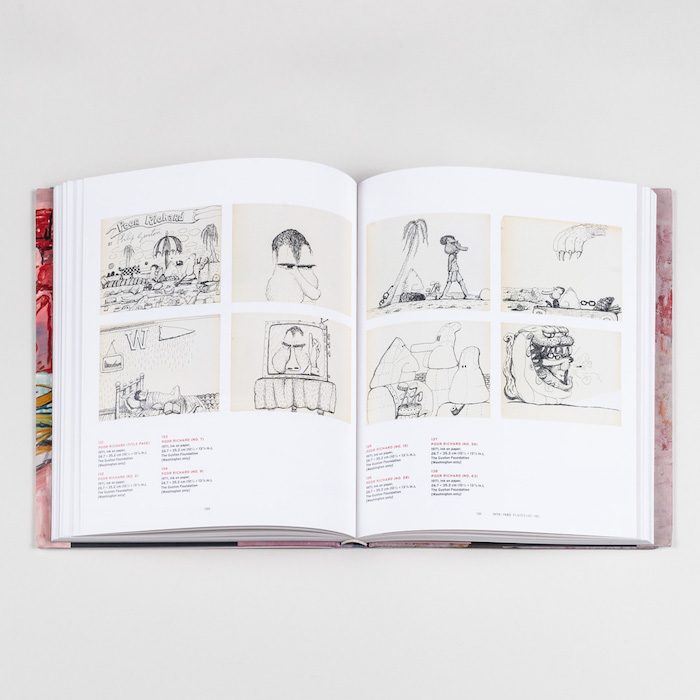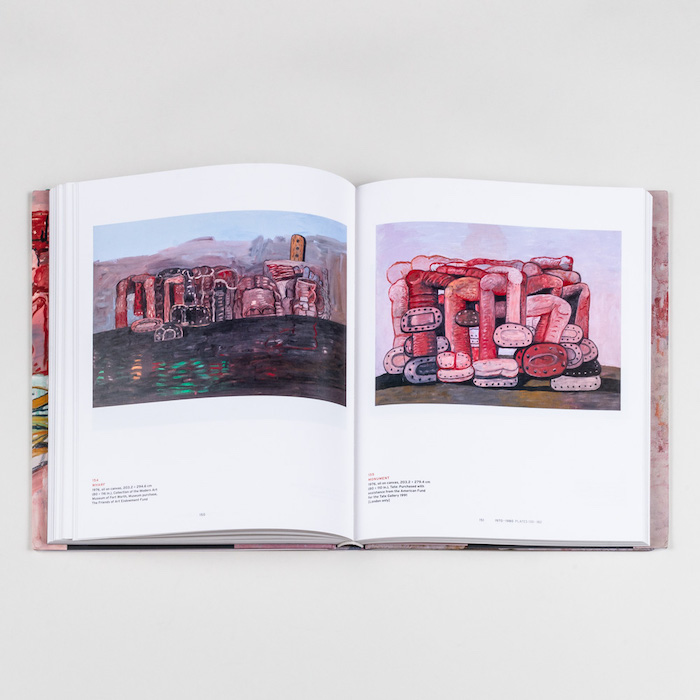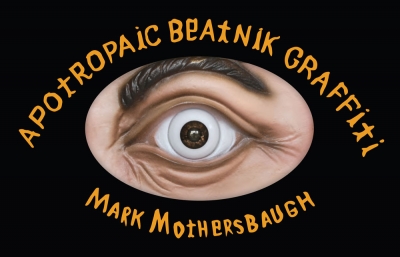There are certain greats of the painting world whom the other greats consider really … great. A painter's painter, if you will. Throughout the 26 years of Juxtapoz, a few names are cited over and over... Neo Rauch, Yayoi Kusama, and, of course, Philip Guston. There are so many stages of Guston's career that are remarkable, from Abstract Expressionism to figurative works in the 1960s and 1970s. And those latter years, coinciding with a move to Woodstock, New York, percolate in styles and ideas that vibrate in so much wonderful art today; an abstraction sharpened with an acidic comic singe and politically charged protest works. His break from Abstract Expressionism was just that; a breaking of the rules, and that rule-breaking attitude is what makes him a legend today.
Philip Guston Now, the first major retrospective of Guston's work in over 15 years, and previously scheduled to open at the National Gallery of Art this summer, is accompanied by a Who's Who catalog of contemporary artists and critics, exuding praise for the great painter. Artists like Trenton Doyle Hancock, William Kentridge, Dana Schutz, Amy Sillman, Art Spiegelman, all museum artists in their own right, attribute Guston with flaunting the rules of what the artist can do with their brush. The idea that a painter of Guston's ilk had to convince critics that a move to more figuration wasn’t career suicide seems almost abstract to a reader today, now that figuration has gained momentum in contemporary art over recent decades. The Philip Guston Now catalog is a rousing and reverential guide to understanding the evolution of a painter and why he deeply resonates with such an illustrious audience of artists and patrons today.
Get it via artbook.com today


